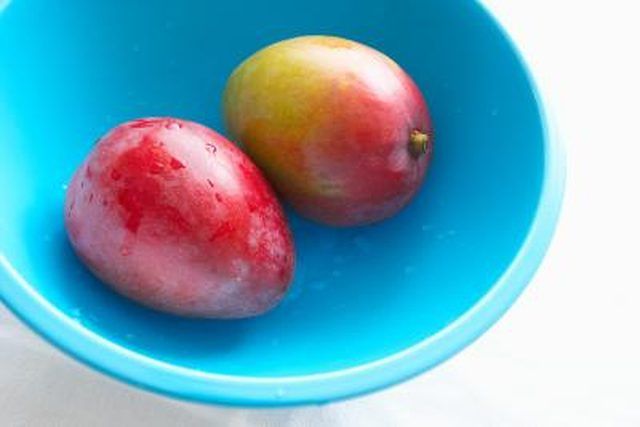Bulbs
Flower Basics
Flower Beds & Specialty Gardens
Flower Garden
Garden Furniture
Garden Gnomes
Garden Seeds
Garden Sheds
Garden Statues
Garden Tools & Supplies
Gardening Basics
Green & Organic
Groundcovers & Vines
Growing Annuals
Growing Basil
Growing Beans
Growing Berries
Growing Blueberries
Growing Cactus
Growing Corn
Growing Cotton
Growing Edibles
Growing Flowers
Growing Garlic
Growing Grapes
Growing Grass
Growing Herbs
Growing Jasmine
Growing Mint
Growing Mushrooms
Orchids
Growing Peanuts
Growing Perennials
Growing Plants
Growing Rosemary
Growing Roses
Growing Strawberries
Growing Sunflowers
Growing Thyme
Growing Tomatoes
Growing Tulips
Growing Vegetables
Herb Basics
Herb Garden
Indoor Growing
Landscaping Basics
Landscaping Patios
Landscaping Plants
Landscaping Shrubs
Landscaping Trees
Landscaping Walks & Pathways
Lawn Basics
Lawn Maintenance
Lawn Mowers
Lawn Ornaments
Lawn Planting
Lawn Tools
Outdoor Growing
Overall Landscape Planning
Pests, Weeds & Problems
Plant Basics
Rock Garden
Rose Garden
Shrubs
Soil
Specialty Gardens
Trees
Vegetable Garden
Yard Maintenance
When Do Mango Trees Flower?
When Do Mango Trees Flower?. The mango tree (Mangifera indica) produces juicy round fruit that measures from 2 to 9 inches in diameter. The fruit appears following flowering. In March and early May, in subtropical locations, the tree produces an abundance of white, yellow or reddish spike-shaped flower clusters.

The mango tree (Mangifera indica) produces juicy round fruit that measures from 2 to 9 inches in diameter. The fruit appears following flowering. In March and early May, in subtropical locations, the tree produces an abundance of white, yellow or reddish spike-shaped flower clusters.
Flower Identification
Flowers appear on the tree at the branch terminals. Each flower cluster can contain up to 2,000 tiny flowers, according to the California Rare Fruit Growers. In tropical locations, such as south Florida, the tree begins to blossom in November and continues to produce flowers until February or March, depending on the cultivar, according to Purdue University.
Flowering Considerations
The mango tree depends on insects to ensure that pollination occurs for fruit production. The tree is self-fertile. Flower fertilization will not occur if the nighttime temperature plunges below 55 degrees Fahrenheit. Despite the abundance of tiny flowers, few are fertile and produce pollen. The flowers that do produce viable pollen often have difficulty releasing it if spring rains occur or the humidity rises.
Warning
Sensitive people often suffer an allergic reaction to the flowers of the mango tree when it is in full bloom each spring.